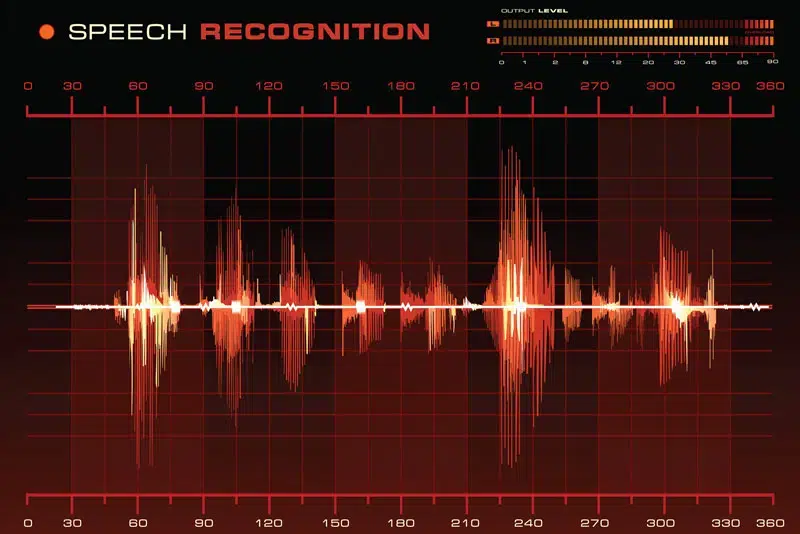
Table of Contents
Complete and accurate medical record keeping promotes quality of care and patient safety. Today, medical transcription companies play a key role in helping healthcare providers maintain proper clinical documentation in electronic health records (EHRs). SOAP notes are a highly structured documentation format for recording, organizing, and monitoring patient information. SOAP stands for Subjective, Objective, Assessment, and Plan. Standardized SOAP notes in electronic health records (EHRs) allow healthcare providers to record patient information and share it with other providers and departments. With advancements in technology, speech recognition is helping physicians create SOAP notes faster.
How Physicians use SOAP notes
Physicians use SOAP notes as a method for documenting patient encounters and tracking their progress over time. The acronym “SOAP” stands for Subjective, Objective, Assessment, and Plan, which are the four components of the note.
- Subjective: This section records the patient’s symptoms, complaints, medical history, current medications, and allergies as reported by the patient or their caregiver. It also includes the patient’s response to the physician’s questions about their symptoms or history.
- Objective: This section lists the findings from the physical examination and abnormalities, diagnostic tests, and other information such as vital signs, weight, and height.
- Assessment: This section contains the physician’s diagnosis of the patient’s condition based on the subjective and objective data. It may also include a list of the different possible
- Plan: This section documents the recommended plan of action, including treatment options, lab orders, radiological work, medications given, follow-up appointments, referrals, and patient education.
SOAP notes serve as a record of the patient’s medical history and can be used to track their progress over time. They also communicate important information about a patient’s condition and treatment plan to other providers involved in their care, as well as for billing and insurance claim submission.
An effective SOAP note is one that records and shares complete information in a systematic and easy-to-read format, helping to improve patient satisfaction and quality of care. Today, innovative voice recognition software is helping physicians create effective SOAP notes and also save time on EHR documentation.
How Speech Recognition generates SOAP Notes
Speech recognition has transformed medical charting by automating the process of creating and updating patient records. Instead of manually entering information into electronic health records (EHRs), physicians can now use voice recognition and natural language processing technology to dictate notes and enter data in the EHR more efficiently and accurately.
EHR software includes various SOAP note templates that help physicians create SOAP notes for every patient. Physicians can use voice recognition software to dictate their notes. The AI-assisted software understands the physician’s dictation and converts their spoken words into text in real-time. Here is how speech recognition helps create the EHR SOAP note faster:
- The physician dictates the notes into a microphone attached to a computer or other device such as a mobile phone.
- The speech recognition software uses deep-learning AI algorithms to analyze the physician’s spoken words and transcribe them into text in real-time.
- The software may make suggestions for corrections, and the physician can review and make any necessary edits to the note.
- The final SOAP note created with the help of the software can be stored in the EHR system.
Speech recognition technology can automatically identify and record important data such as medical history, symptoms, diagnosis, treatment plans, and medication orders. This reduces the time physicians spend on documentation and reduces the risk of errors or omissions in patient records. The technology helps streamline the documentation process, allowing the physician to create a real-time SOAP note that is available immediately in the EHR for other healthcare professionals. It allows physicians to spend more time with patients, reduces provider burnout, and increases physician satisfaction.
Conversational AI – a “Game Changer” in Medical Charting
Advanced conversational AI is proving a “game changer” in healthcare, according to healthcare information experts. A healthleadersmedia.com article reported on DAX, a conversational AI technology from Nuance that captures the entire conversation between physicians and patients, and then outputs SOAP notes using its algorithms. These notes are available in each patient’s EHR in an hour or less.
DAX’s capabilities include:
- can distinguish different uses for words with more than one meaning
- prompts the physicians to enter orders and prescriptions as part of generated notes
- queues up the physician’s orders for signature
- saves providers 7 minutes of documentation time per encounter, which amounts to two to three hours of documentation time a week
According to University of Michigan Health-West officials, the good documentation generated by DAX has expedited the prior approval process for referrals, directly benefiting the health system’s bottom line.
By analyzing patient data and providing real-time insights and recommendations, conversational AI can help physicians make more informed clinical decisions. It can also promote patient engagement and care coordination by enabling remote communication and monitoring.
Speech recognition technology has streamlined medical charting and improved the quality and accessibility of patient information. This is leading to better outcomes and more efficient healthcare delivery. However, the accuracy of speech recognition software can be impacted by factors such as background noise and the clarity of the physician’s speech. The solution is to get the transcribed text checked by medical transcription service providers. Experts will review the transcribed text carefully, correct any errors and ensure that the final transcript is clear and accurate.


